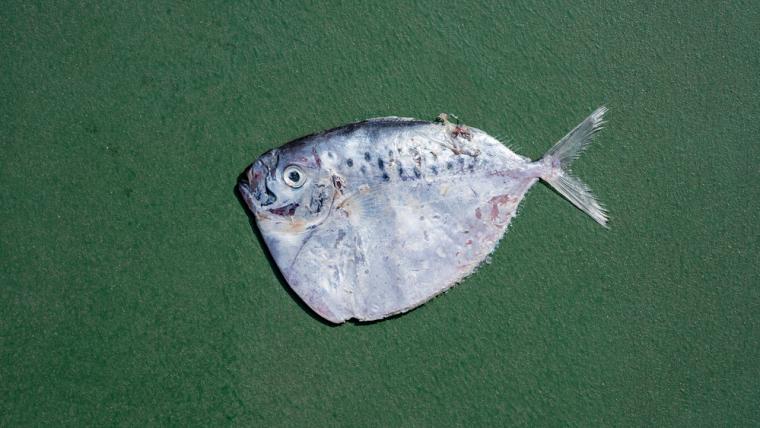
Reeling in a crisis: This creative duo exposes the consequences of fish farming
Today, more than 50 percent of the fish we eat are raised in farms. The large yellow croaker was overfished to near extinction in the wild, and now almost entirely exists in confined, unsanitary enclosures. As one of China's favourite dishes, local farms stream 200 000 tonnes of this delicacy onto plates every year. But at what cost? Using statistics and photography, artistic duo Stefen Chow and Huiyi Lin are exposing the truth behind our insatiable appetite.
After the large yellow croaker population collapsed in the 1970s, the Chinese government turned to commercial farms to revive the dwindling fish stocks. While thought to be a sustainable solution, trawlers have to haul in more than 400 000 tonnes of wild fish each year to feed the saturated tanks of large yellow croakers. As a result, the majority of ‘trash’ fish are caught prematurely, preventing species from reproducing and maintaining their numbers in the wild. “Not many people are aware of the dangers our marine ecosystem would face if we lose these fish,” Lin says. A significant source of food for marine life, the ocean’s precarious balance would be thrown off without these creatures.
Joining forces with Greenpeace, Chow and Lin embarked on a mission to put this monumental issue into perspective. They spent three months analysing data from four towns in Fujian province and translating their findings into a large-scale photographic mosaic titled Equivalence – The Ecological Footprint of Fish. The visual series centres three large yellow croakers surrounded by 4 000 juvenile fish from 39 species that are killed to raise them. The collage highlights aquaculture’s extensive impact on the environment, calling on society to change their ways before the damage becomes irreversible. “We hope that our work will inspire and lead to more sustainable ways of fishing,” Lin says.
Viewed by millions, the artwork led to discussions with local governments about long-term solutions. Melding creativity with analytics, Chow and Lin have opened people’s eyes to the consequences of captive breeding. “Art has the power to affect, inform, and to spur action,” Chow says.
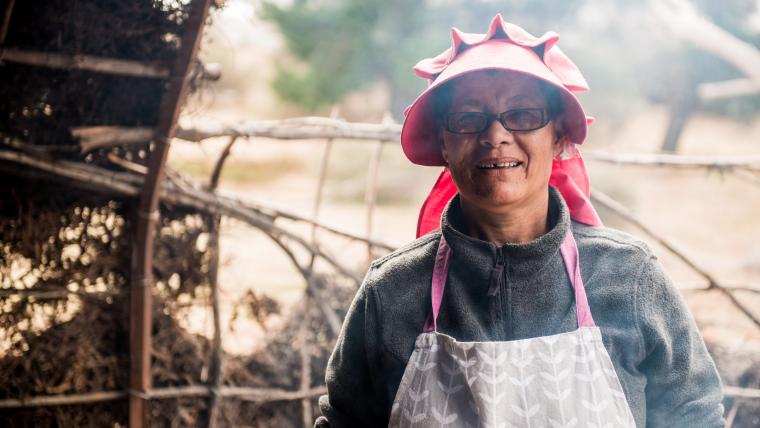
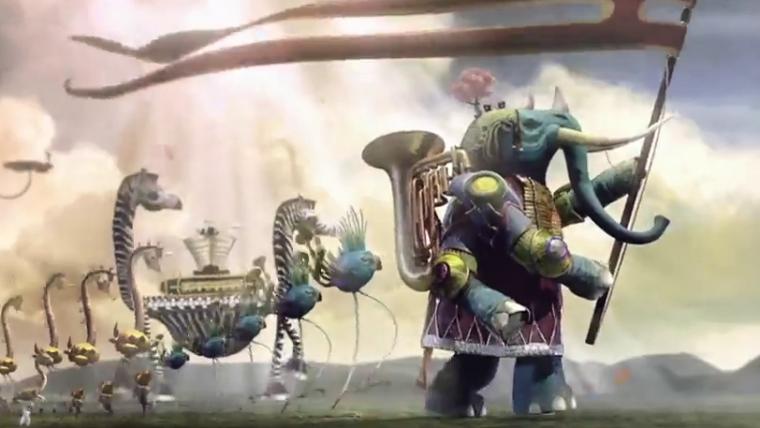
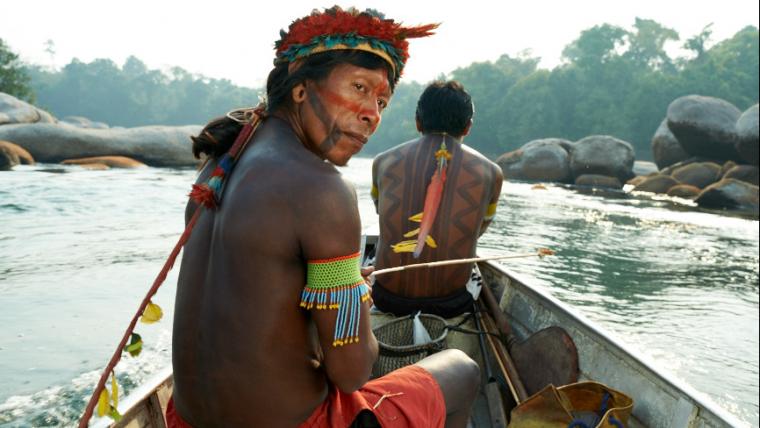
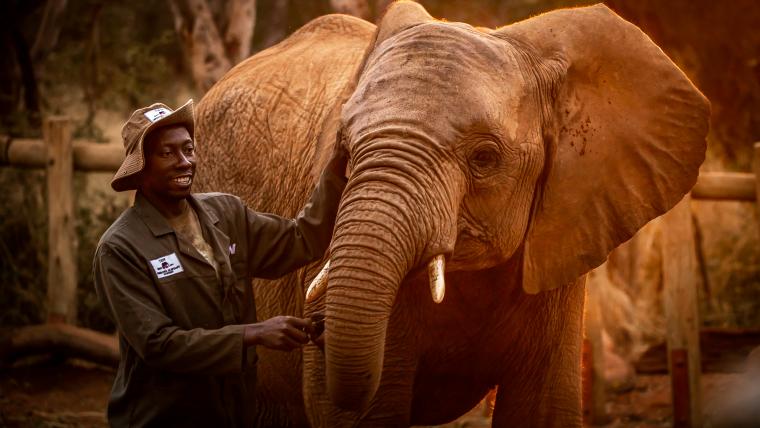
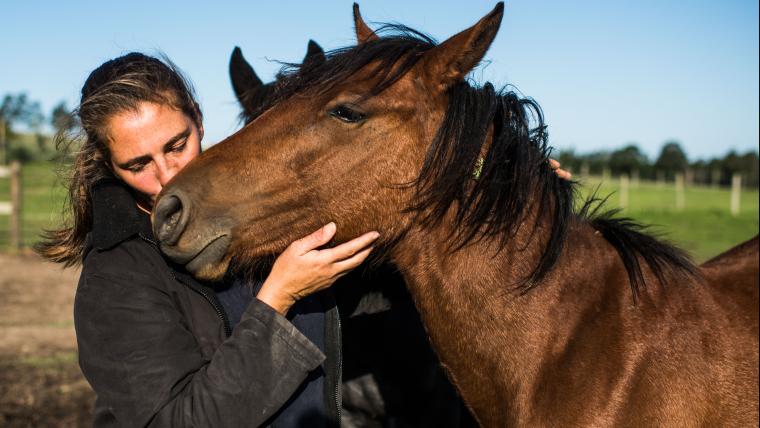
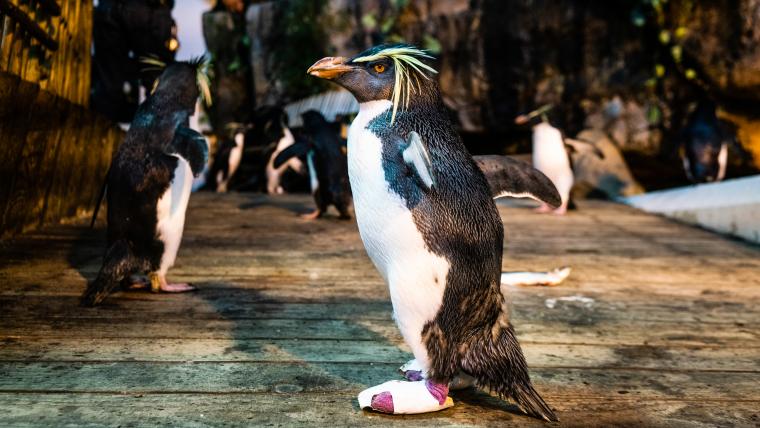
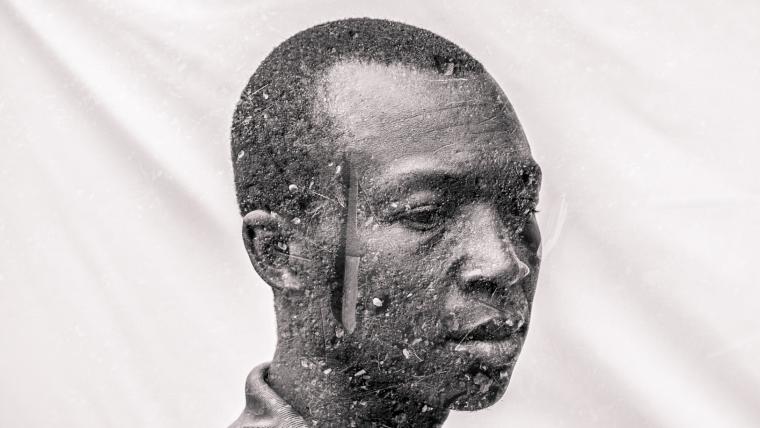
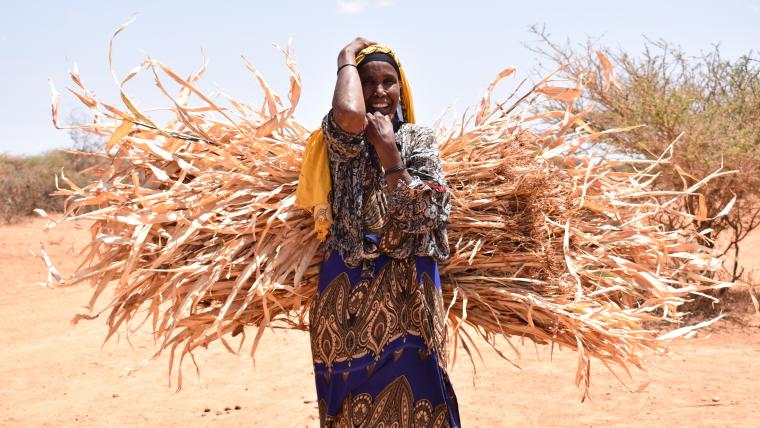
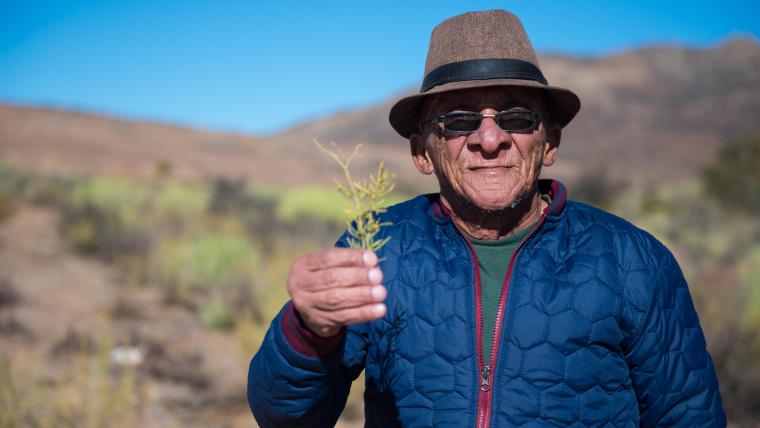





















Please sign in to leave a comment